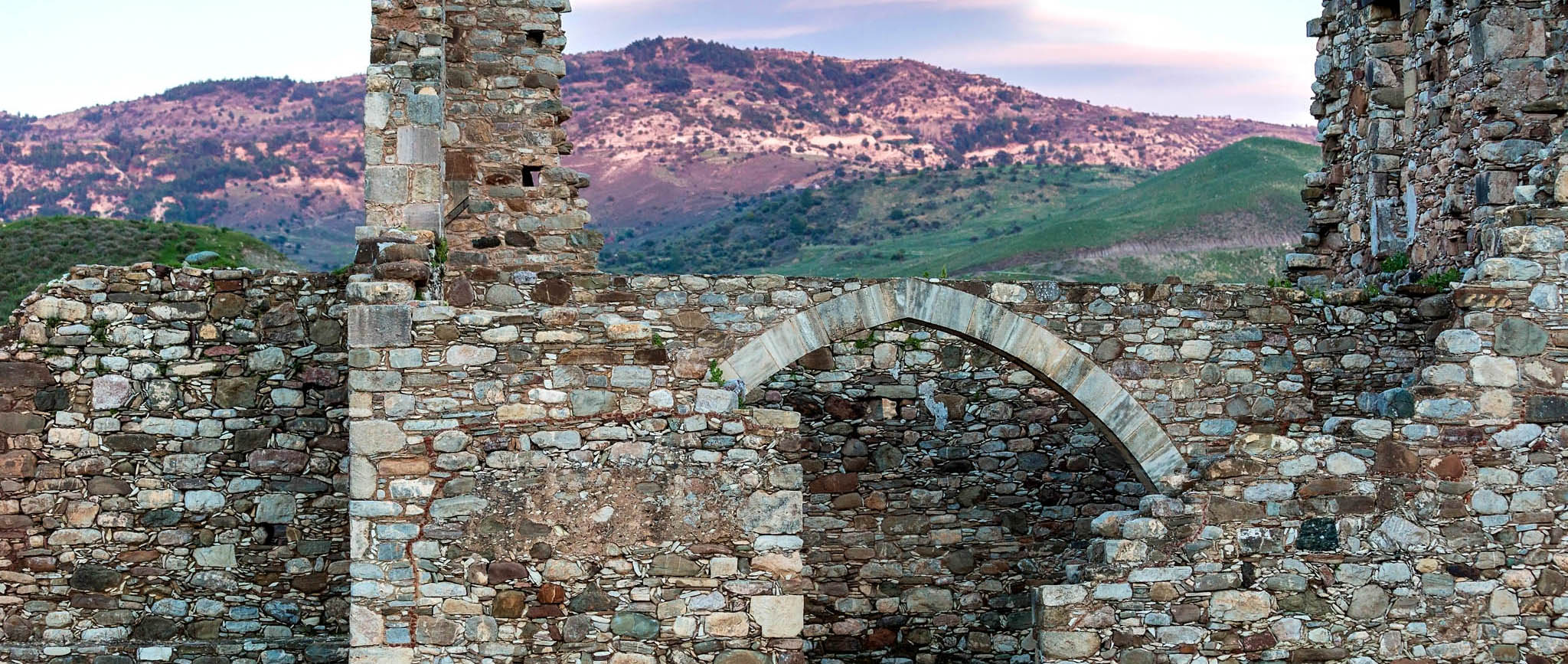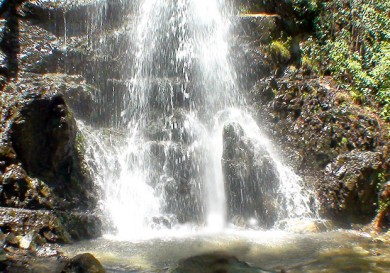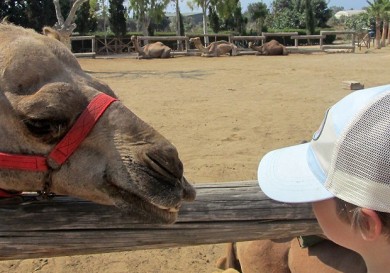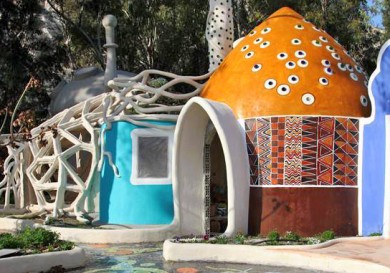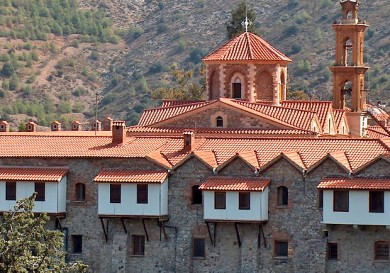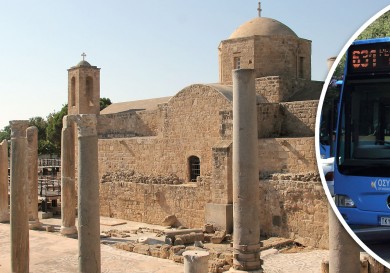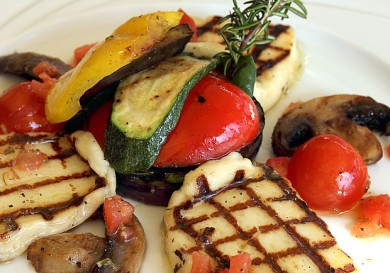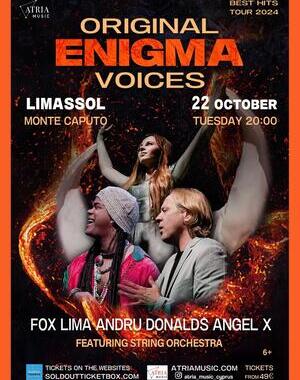A visit to a bar presaged nothing unusual, but all of a sudden…
This story began in a small Cypriot bar; the counter and two tables made from what was available at the time. Only the walls may be of some interest as they are more than 2 centuries old. Right in the middle of the room is a hole covered with glass, in which there is a table fitted with glasses and a bottle of wine. They later explained that the owners discovered this 4 metre deep well by chance when doing repairs.
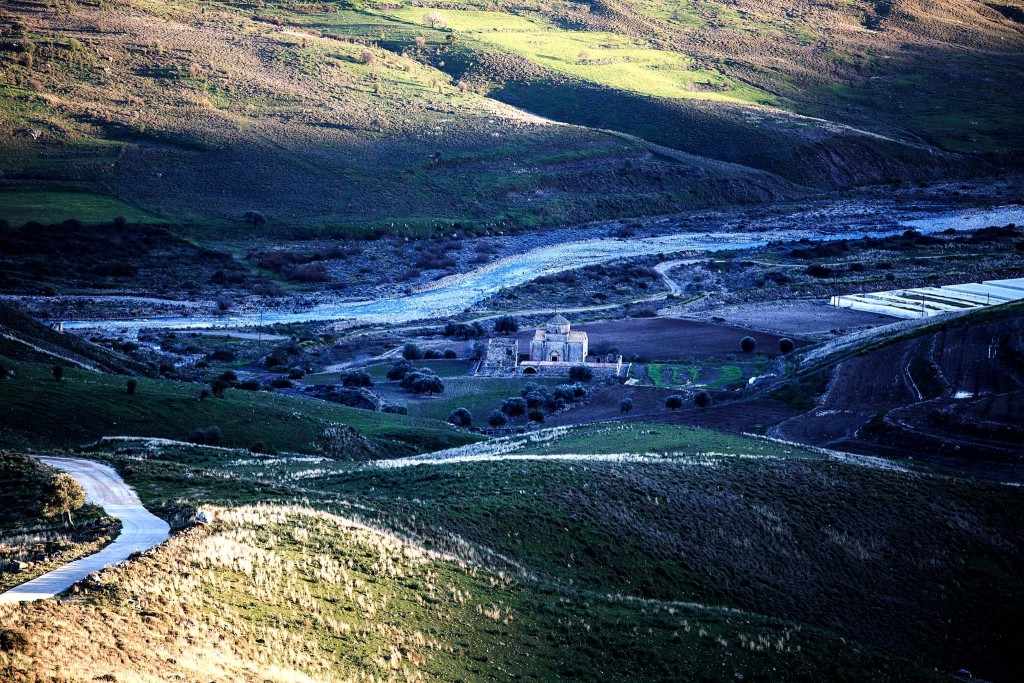 We sat down and shared stories about our countries and life in general. The barman served wine and light appetizers.
We sat down and shared stories about our countries and life in general. The barman served wine and light appetizers.
We should say that this is no common bar at all. Lost in the tiny lanes of the old city, it is one of those places you will only come across by chance whilst wandering the streets. This is how we discovered it.
The weather was raw and warm clothes did little to help, but here we sat in a cosy spot, the conversation warmed by the wine. We planned to leave in an hour but the barman brought over zivania (local moonshine) and came over to tell us a story.
We agreed to stay a little longer and he asked us if we wanted to lose our way for real, as he knew a place which was worth visiting. Our inner adventurer was intrigued.
We had no special plans for the following day, so we made arrangements for the forthcoming trip willingly. The idea was to visit an old abandoned monastery at the foot of which the Sinti River flowed. Since we returned home late there could be no early start; the trip required some preparation
In search of the mysterious monastery
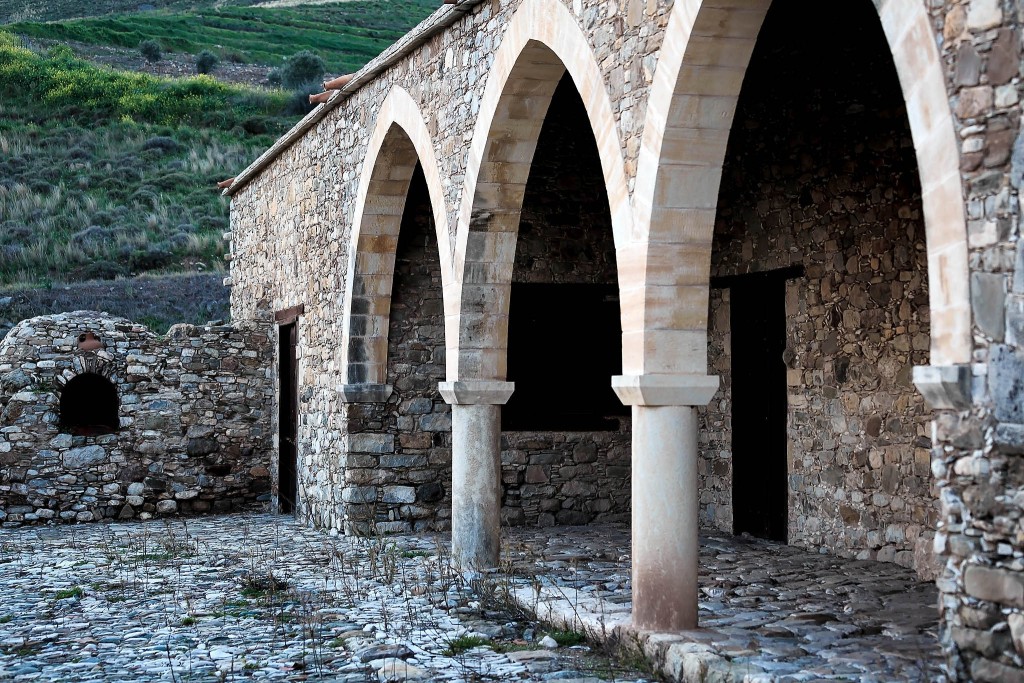 We searched for Panagiatou Sinti, but it was not marked on any of the maps. I decided to go to Panagia village and find out from there.
We searched for Panagiatou Sinti, but it was not marked on any of the maps. I decided to go to Panagia village and find out from there.
We set off in the car at about 2 oclock, with some wine, cheese and salad. We were going to “lose our way” in comfort – even if we didn’t find the monastery, we could stop and have a picnic.
Cyprus is so beautiful and interesting that we could have spent time wonderfully with what we had.
We’ve turned off the main road and are climbing a narrow mountain road littered with large stones, dislodged by the recent downpour. The main road is ruined with potholes, and the snows will come very soon.
We eventually reached Panagia, and it became clear that we would need the help of the locals to navigate our way, so we stopped at a small café. We ordered coffee and chatted to the owners.
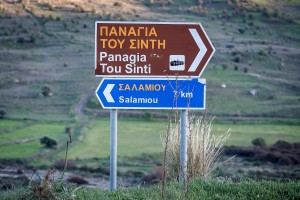 It turned out we’d over driven by 8 kilometres and the small town had no relation to the monastery we were looking for. We had to turn back. We had a better idea of how to get there now although the road, which twisted and turned, tried to confuse us.
It turned out we’d over driven by 8 kilometres and the small town had no relation to the monastery we were looking for. We had to turn back. We had a better idea of how to get there now although the road, which twisted and turned, tried to confuse us.
Finally we saw the long-awaited sign with the inscription ‘Panagia Tou Sinti’ when we approached Pentalia. The village looked a little battered by landslides. The houses didn’t look abandoned but there were no people or cars parked in the streets. Some of the buildings were buried under fallen rocks with only their window frames sticking out. Nature did not intend to tolerate us here.
Our road now turned into a mountain path. Our car is a sedan and not 4 wheel drive, which is why we had to stop and check it for damages when we hit the first large stone. The car was undamaged but we smelled hot brake fluid when we stepped out of the car.
This made us think hard about what we should do next. We stood next to a path which plummeted downwards, which we could neither park nor turn around on. With the snow covered Troodos Mountains in front of us on the horizon, we waited for the brakes to return to normal.
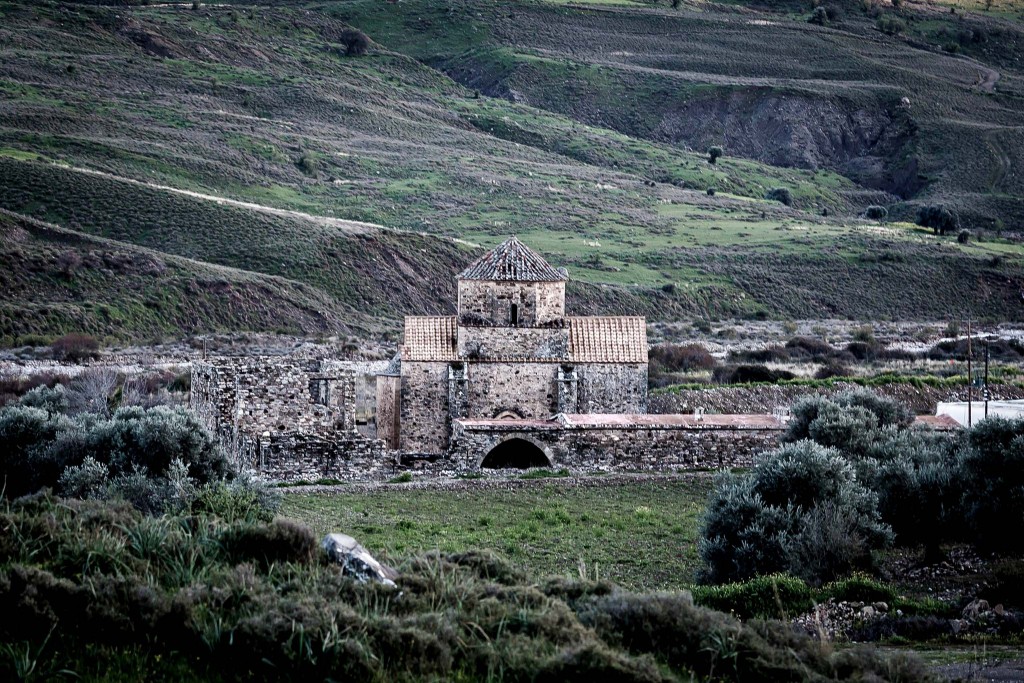 You can’t call this a tourist route. A bus can’t drive here and you’ll have to think twice about taking an ordinary car.
You can’t call this a tourist route. A bus can’t drive here and you’ll have to think twice about taking an ordinary car.
The dirt road continues and we are descending in first gear. The engine is getting hot but it is much easier on the brakes. There are many blind bends and we pass a flock of grazing sheep that totally ignored us.
I start taking photos. I see a shepherd hurrying out of sight behind a hill. The man is clearly in no mood for talking. A welcoming place – we only just managed to find it, but no-one’s here.
But I can already see the Sinti River above me. It cuts the valley in half. The sun is setting and is disappearing behind the nearest slope, now only some of the peaks in front of us can be seen in its rays. The valley remains in shadow and it’s hard to see with a naked eye, but the optics in my camera are a help.
Аn architectural miracle in a natural setting
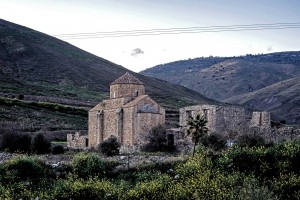 There are many stones along the river and you can’t call the surface below flat at all. The water from the mountain slopes rushes over everything after each rain. I remember the words “God has no straight lines”.
There are many stones along the river and you can’t call the surface below flat at all. The water from the mountain slopes rushes over everything after each rain. I remember the words “God has no straight lines”.
The stone walls of the monastery are barely seen against the landscape and it seems tiny from this height, like a sandcastle made by children on the beach. You feel you can pick it up and examine it more closely.
The monastery is magnificent in its laconism – there is nothing excessive.
Once you see the monastery, you can understand the wisdom and skill of the ancient builders, who worked in such a hard to reach area. It is difficult to imagine the faith or will that helped create this construction here, where even now it’s difficult to get to.
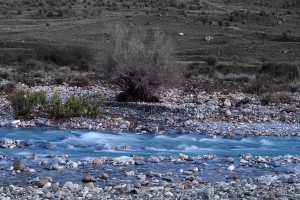 Information on the creation of the monastery and its history is very scarce, but there is a very prosaic legend in the spirit of the 13th century.
Information on the creation of the monastery and its history is very scarce, but there is a very prosaic legend in the spirit of the 13th century.
It says that an order to construct the building was received by an architect. He had neither the time nor strength to get involved with the project so he delegated the work to his 14 year old apprentice. The apprentice started work willingly and quickly finished the building. When the teacher saw the building, which was unusually beautiful, he was jealous. He lured the apprentice to the bell tower and pushed him off, and so took credit for himself.
We have almost reached the river below, or to be precise, one of its tributaries.
We are very near our goal, although this is relative when talking about mountainous paths, and when we face the need to cross the river, we have to think hard about how to overcome this obstacle. No-one is inspired by the idea of fording it.
The air temperature barely reached 6 degrees and even the wine and cheese we have in the boot of the car would hardly save us from a cold. Some preparation for the trip….but our fears are groundless. There is a stone bridge behind the next turn which is wide enough to allow our car to cross.
And here we are at the gates of Panagiatou Sinti. We begin walking along the perimeter of the wall, and where there are small embrasures I take pictures of the inner court – a stone path with tall grass, piles of tiles, and arches with doors underneath.
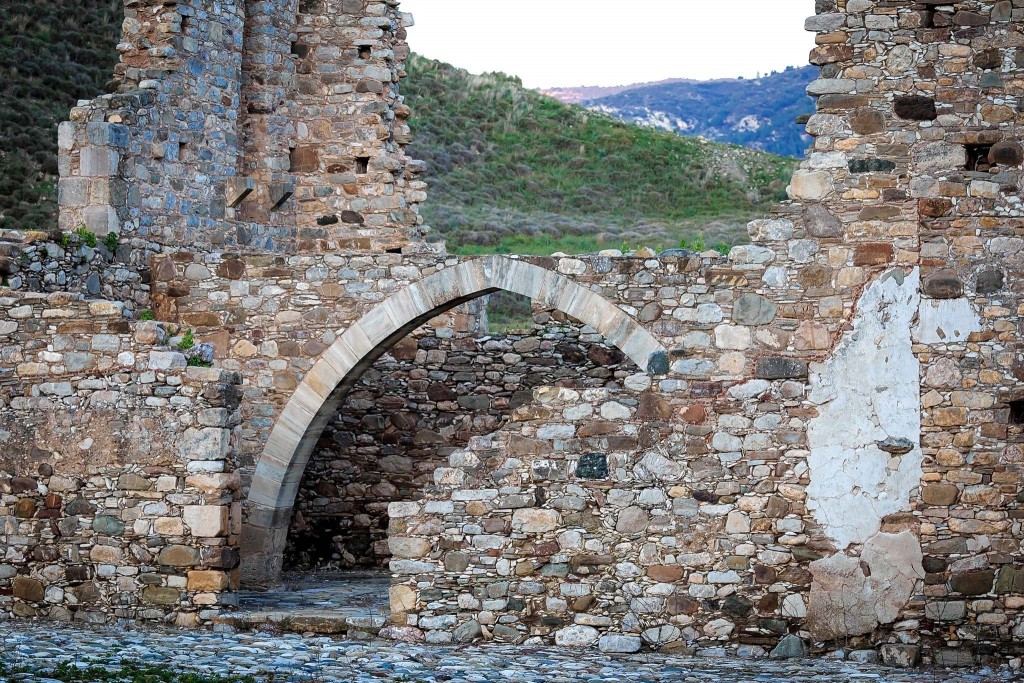
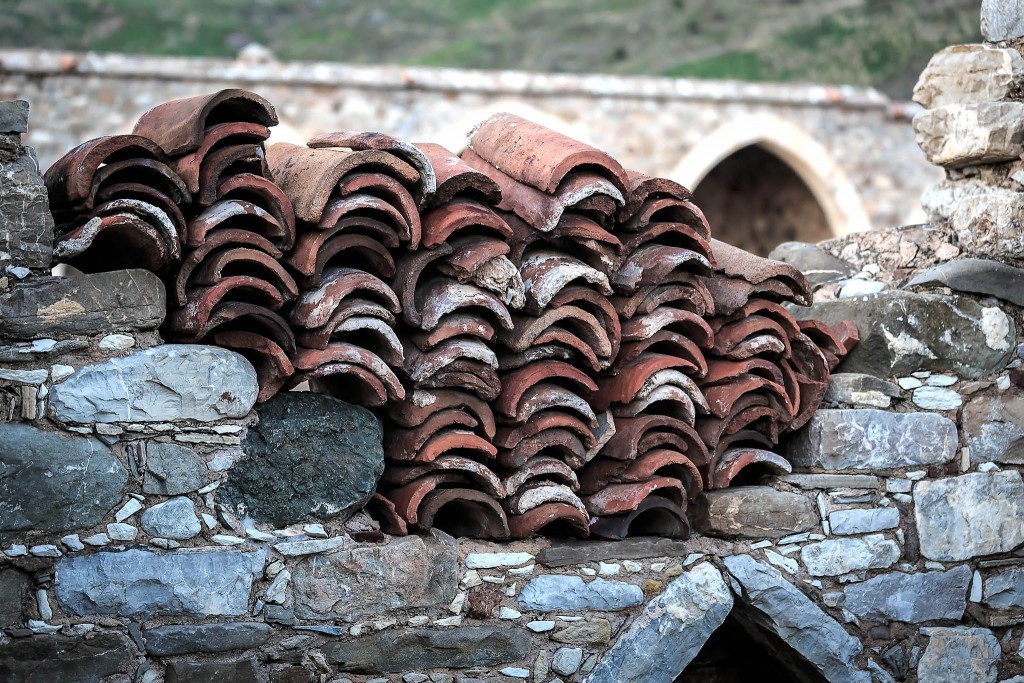
The Russian traveler, Vassily Grogorovich-Barskey, who visited the place as early as in 1735, was stunned by what he saw, like us. He noted: “The monastery is old by age and has the appearance of a solid building with four walls with a spacious courtyards and cells around it, with three entrances (from the east, west and south) and a well in the middle of the court….as well as a magnificent church with a cupola and three doors (on the west, south and north)…outside and painted artfully inside…”
The Monastery and the Museum
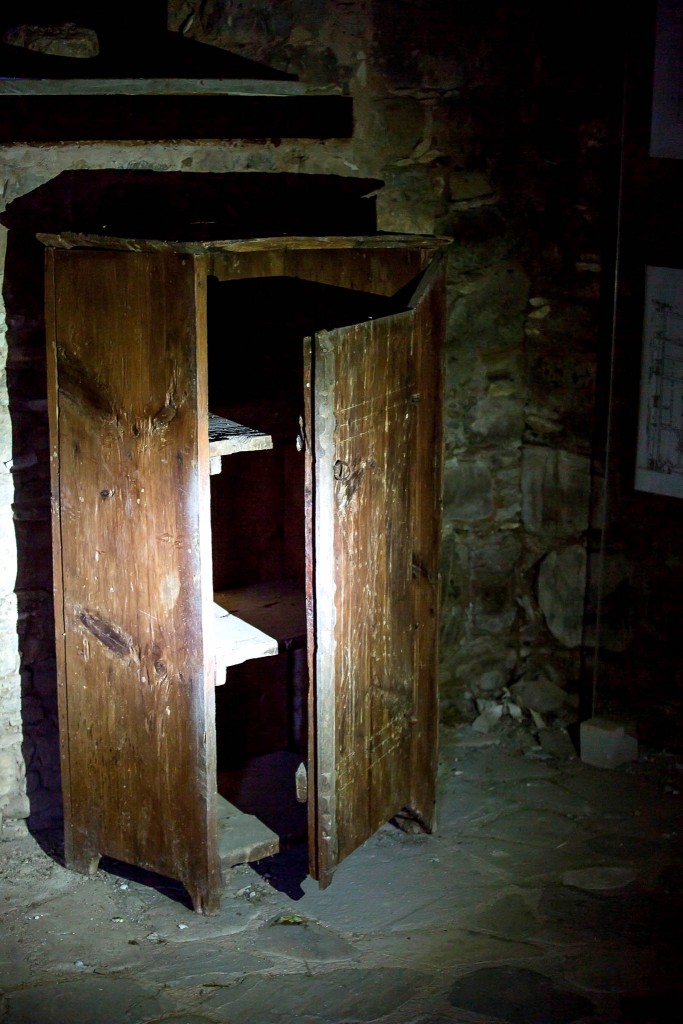 I had an irresistible desire to go inside. I noticed that we’d split up and were going off in different directions ….just like in the horror films.
I had an irresistible desire to go inside. I noticed that we’d split up and were going off in different directions ….just like in the horror films.
This place fascinates each of us. When I shoulder open the unlocked gates, I start from a loud noise – we have disturbed the local inhabitants, pigeons, which sit everywhere hiding in the walls. The door is locked and wouldn’t open.
But we soon find another entrance – a hole in one of the walls which allowed us to easily get into the inner court. Taking pictures here is much easier. There is the well in the middle of the inner court, covered by a grill.
People say the church is still used for services and weddings, although rarely.
I find an oven with fresh coals inside a bit further. I turn around and start taking pictures of the church windows located near the cupola.
The church itself is tightly closed and the gates seem to be closed from the inside, but I have enough work as it is. There is almost no sunlight left, but I continue to take pictures of the inner court.
There are small rooms with several doors running along the walls. One of the doors suddenly gives in and opens with a squeak. We enter a small room which looks like a cell. A very battered little cabinet stands near the wall. Drawings of the building and reproductions of icons are everywhere.
This is a small museum. There are two wooden made items standing in the corner – either for a tabletop or a door…when we leave it’s already dusk. You can hear the sound of the river behind the wall distinctly.
Sometimes the past will not reveal itself immediately…
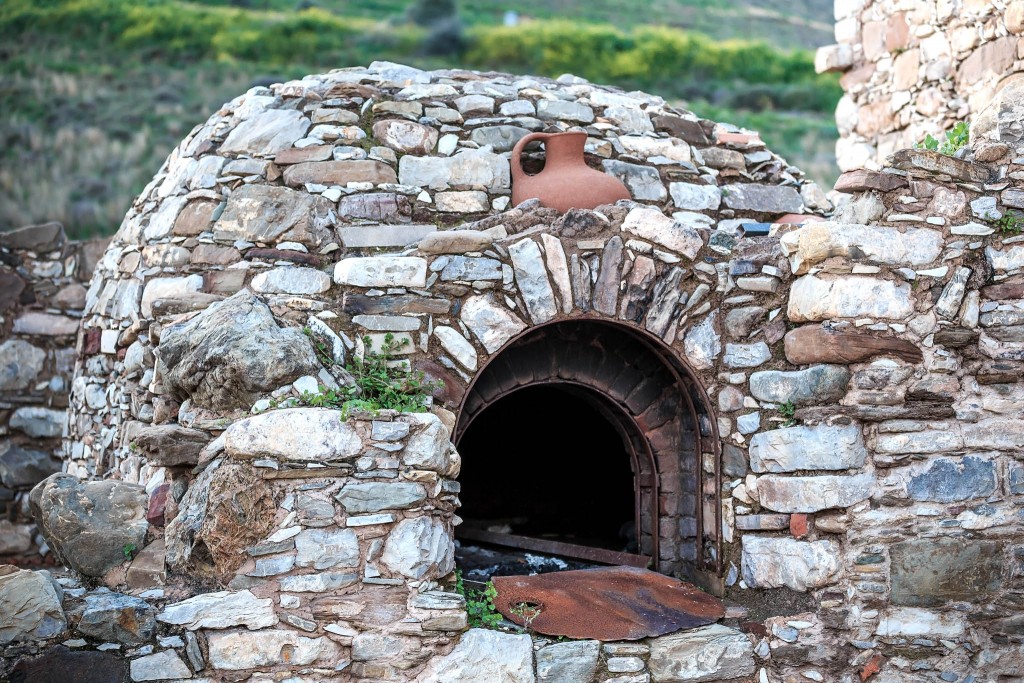 I felt a little uncomfortable after the tiring visit and wanted to get back into the car as soon as possible. When climbing over the wall I saw a pigeon sitting on the church watching us attentively.
I felt a little uncomfortable after the tiring visit and wanted to get back into the car as soon as possible. When climbing over the wall I saw a pigeon sitting on the church watching us attentively.
Sometime later, when I was standing in the headlights of the car, I thought “No, we haven’t lost our way. We were shown quite politely who we are – people of quite a different era, who are barely able to understand those who built the church and preached within its walls.
This place still lives in a history of its own – the history of a distant past. We were simply and voicelessly asked to leave it alone, but who knows, the faraway past may open in a completely new way to us in our future travels.




